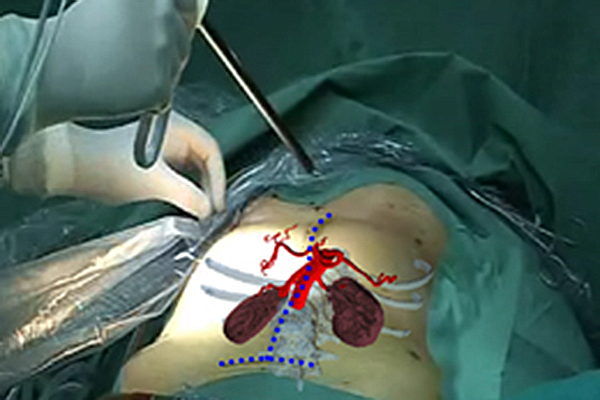AR and VR, which are the differences? What’s the role of AR in Vostars?

Augmented reality is different from virtual reality. When VR is used in games, for example, it involves building a completely new virtual world through software; with AR it is instead possible to observe the real world, with further information that is “virtually” projected on a display worn by the user. So the user observes reality, but augmented with virtual information. Augmented reality and virtual reality are close relatives and are based on similar technologies. But between the two technologies there is a fundamental difference. Virtual reality is immersive: viewers must necessarily exclude the outside world. Taking a look from another side, as you might do while watching television, is practically impossible. Augmented reality is designed to maintain the user’s connection with the real world. One of the most important augmented reality products is a viewer, namely Microsoft’s HoloLens. It aims to free up the use of the computer from the fixed screen, moving some features elsewhere (for example, it allows you to view emails on a nearby wall, or lets you see the weather on the breakfast table).
As for Vostars, the team is aiming to increase and enrich the surgeon’s reality by adding all the information they may need to improve surgery. For example, starting from the data of the scans carried out by magnetic resonance TAC of the patient, it is possible to build a 3D model of the patient. This helps the surgeon plan ahead for surgery, outside the operating room, and can then see this plan projected onto the patient during the operation itself. Most image-guided procedures currently project a TAC image on a remote display. This means that the surgeon’s attention is not entirely focused on the patient. Using the Vostars visor, the surgeon can visualize the internal anatomy of the patient while observing his anatomy. Doctors will be able to see parts of the body that are usually hidden if observed normally, which can be extremely useful when deciding where to place an implant or any other element needed to successfully complete the surgery.
The image used for this article is an image from a previous UNIPI AR project